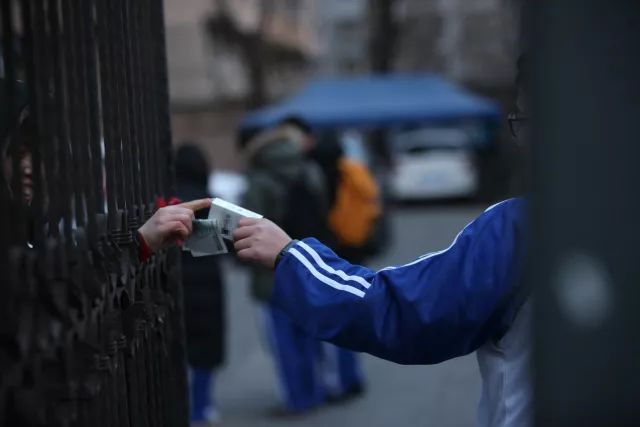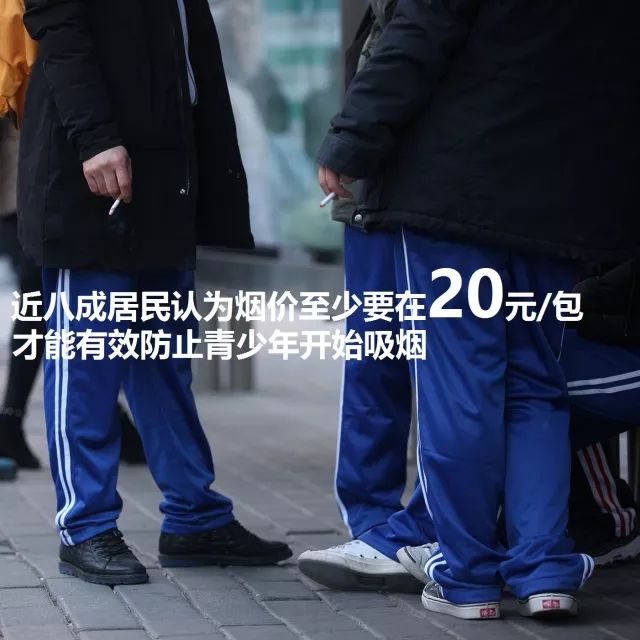孩子們口袋里的零花錢都去哪了?能想象到的用途不外呼文具、玩具、零食、電影……但你知道嗎,孩子們還會用這些零花錢來買煙。

資料圖
在中國,孩子們獲取人生第一支煙的成本有時只需不到3毛錢(以“支”購買),近乎唾手可得。這帶來的可怕影響是:82.3%的13-15歲吸煙的青少年第一次嘗試吸煙的年齡為13歲,且每十名初中男生就有一名吸煙。煙草企業將這視為市場機會,大舉投資,向中國的青少年推廣他們的產品。
不過,解決方法也十分簡單。
國際經驗已知,提高卷煙零售價格是減少青少年吸煙的最有效措施之一。年輕人對稅收和價格上漲的敏感度比成年人高兩到三倍,這意味著,更高的煙草稅對于防止青少年染上終生煙癮是非常有效的。

資料圖
今天,對外經濟貿易大學世界衛生組織煙草控制與經濟政策合作中心在北京發布了其針對國民煙草稅價態度的最新調查報告——《提高煙草稅價,讓青少年遠離危害》,其中超過八成的被訪者認為青少年吸煙現象嚴重。

許傳興先生
世界衛生組織駐華代表處
無煙草行動技術官員
“在美國、南非、菲律賓、韓國和智利等國,我們看到在大幅提高煙草稅后,帶來了青少年吸煙率的下降。中國卷煙如此廉價,如果想要防止孩子們開始吸煙,就必須大幅提高煙草稅價。我們要讓卷煙不再易得,尤其是對孩子這樣的弱勢群體。”

資料圖
這些結論也得到絕大多數調查報告受訪者的支持。近80%的被訪者認為,只有卷煙價格翻倍,升至人民幣20元/包或更高(現卷煙平均價格為10元/包),才能有效防止青少年嘗試第一支煙。除此之外,相當程度的被訪者(82%)認同將提高煙草價格所增加的煙草稅收應用于包括公共醫療和衛生的民生事業。
2015年5月的提稅措施使得卷煙零售價有所上漲。但卷煙在中國仍然是非常廉價的商品,如不進一步持續提高煙草稅價,隨著人們消費水平的提高,卷煙會變得更加“廉價”。與調查受訪者的想法相呼應,中國的控煙專家們也在努力,推動煙草稅和價格的定期上調,并以通脹為指數。增加的額外稅收可再投資于其他控煙和衛生優先事項。

資料圖
為了孩子的健康未來,和健康中國2030的偉大愿景,煙草這樣的致命商品必須價高不可攀、遠離稚嫩孩子們的世界。讓我們一起努力,實現真正的無煙下一代。
Return pocket money to a healthy future of children
Where does your kids’ pocket money go? For the most part we imagine it is used for toys, snacks, and, movies. But did you know that, too often, kids spend their pocket money on cigarettes? In China, the cost of their first cigarette can be less than 0.3RMB (purchased by stick), easily afforded by a kid. And it’s having an insidious effect: Amongst 13-15 year olds, 82.3% of students first tried smoking by the age of 13. And for every 10 male middle school students, one is already a regular smoker. Tobacco companies view this as a market opportunity, investing heavily to market their products to China’s youth.
There is an easy solution.
We know from international experience that one of the most effective ways to cut youth smoking is to raise the retail price. Young people are two to three times more sensitive to tax and price increases than adults, which means that higher tobacco taxes are highly effective to preventing youth from developing a lifelong addiction.

資料圖
Today the WHO Collaborating Centre on Tobacco and Economics at the University of International Business and Economics in Beijing published a survey on Chinese attitudes to tobacco price, tax, and youth smoking. More than 80% interviewees reported their concerns about youth smoking rates.
“In countries such as diverse as the U.S., South Africa, Philippines, Republic of Korea, and Chile, we have seen reductions in youth smoking rates following substantial tobacco tax increases. Given that cigarettes are so cheap in China, and if we want to keep our kids from starting to smoke, a substantial increase of tobacco tax and price is a must. We need to make cigarettes less affordable especially to our younger more vulnerable populations.”
-- Mr Kelvin Khow, the technical officer of Tobacco Free Initiative in WHO China
Such conclusions are supported by survey respondents. Nearly 80% indicated that cigarette prices would have to at least double to 20RMB/pack (currently it averages at around 10RMB/pack) to effectively prevent youth from taking up their first cigarette. In addition, a vast majority of respondents (82%) agreed that the increased revenues collected through a higher tobacco tax should be used to improve people's livelihood, including public health. The last tobacco tax increase in May 2015 led to a slight rise in the retail price of cigarettes. However, cigarettes are still incredibly cheap in China – which means they become more affordable over time unless there are further, regular tax increases. Echoing the survey respondents, China’s tobacco control champions are pushing for regular increases on tobacco tax and price, indexed against inflation. The extra revenue should be reserved for tobacco control and other public health priorities.

資料圖
If we want to ensure a healthy future for our kids, and in order to realize the ambitious vision of Healthy China 2030, we need to ensure that such a deadly product like tobacco remains out of reach and unaffordable to our kids. Let’s make the dream of a tobacco-free next generation come true!



